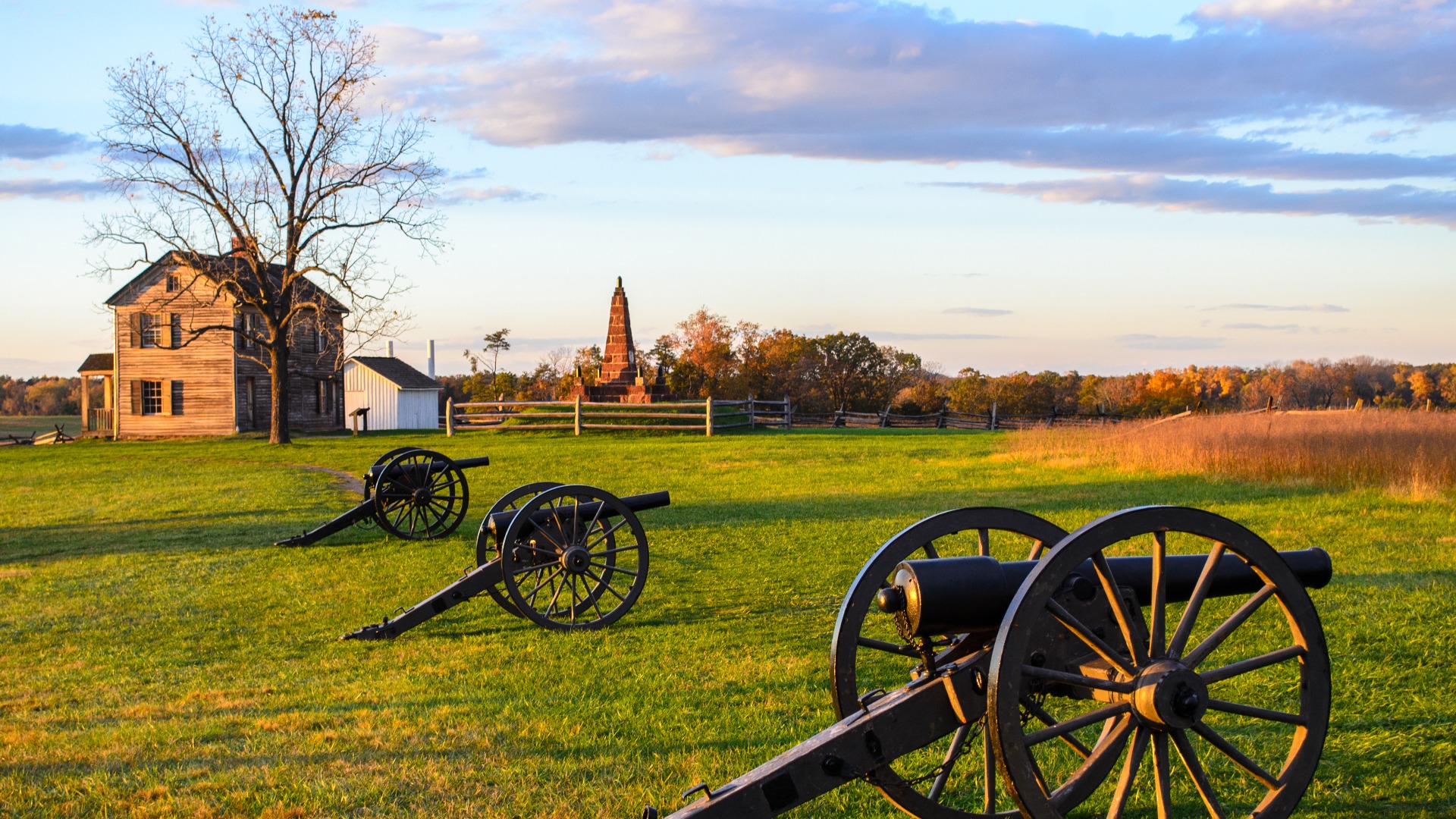Understanding Your Chimney’s Vent: A Comprehensive Guide for Prince William County Residents
The chimney is an essential part of the home that often goes unnoticed until something goes wrong. This guide aims to equip Prince William County residents with the necessary knowledge to understand their chimney’s vent.
Chimneys have been a part of homes for centuries, providing warmth, comfort, and a place for cooking. Modern homes still make use of chimneys, not only for heating purposes but also for aesthetic and architectural appeal. Despite this, many homeowners know very little about their chimney’s vent, how it works, and why it’s so crucial. The vent, or flue, is a critical component of any chimney system. It serves as an exhaust pathway, carrying smoke, toxins, and combustion by-products safely out of your home.
To maintain a safe and efficient chimney system, it’s crucial to understand its vent and how to properly care for it. This is where professional chimney maintenance companies, such as A&T Chimney Sweeps, come in. They provide comprehensive services, including fireplace, furnace, dryer vent, gutter cleaning, and repair services in Prince William County, VA.
The Anatomy of a Chimney
Understanding your chimney’s vent starts with grasping the entire structure of your chimney. A typical chimney consists of several parts, the most important of which is the flue or vent. This is the vertical channel that expels the smoke and gases produced by burning. It’s usually lined with heat-resistant materials to protect the rest of the chimney and the house from heat and corrosive gases.
The chimney cap sits atop the flue, preventing rain, animals, and debris from entering the chimney. It also helps in reducing downdrafts, which can blow smoke back into the home. The damper, located above the firebox, can be opened or closed to control the amount of air flowing into the chimney, thereby controlling the intensity of the fire. The firebox is where the fuel (wood, coal, or gas) is burned.
The Role of the Chimney Vent
The primary role of your chimney’s vent is to transport the by-products of combustion from inside your home to the outside atmosphere. When you light a fire in your fireplace, the combustion process produces various gases, including carbon monoxide, nitrogen oxides, and water vapor. These gases are harmful and potentially lethal if inhaled in large quantities. The chimney’s vent ensures these gases are safely expelled out of your home.
Maintaining Your Chimney Vent
Proper maintenance of your chimney vent is paramount for the safety and efficiency of your fireplace. Regular cleaning and inspections can help prevent dangerous situations like chimney fires and carbon monoxide poisoning. It’s recommended to have your chimney inspected at least once a year by a professional chimney sweep company. They will check for any damage, blockages, or buildup of creosote, a highly flammable by-product of wood burning.
Chimney cleaning should also be carried out regularly to remove soot and creosote buildup inside the vent. If left unchecked, these substances can ignite and cause a chimney fire. Cleaning also ensures that the vent remains unblocked for efficient smoke and gas expulsion.
In conclusion, understanding your chimney’s vent is critical for home safety and ensuring efficient operation of your fireplace. Regular maintenance, including cleaning and inspections, will keep your chimney in optimal condition and extend its lifespan.
FAQs
Q1: How often should I have my chimney cleaned?
A: The National Fire Protection Association recommends having your chimney inspected at least once a year and cleaned as necessary.
Q2: Can I clean my chimney vent myself?
A: While it’s possible to clean your chimney vent yourself, it’s best to hire a professional. They have the necessary tools and expertise to do the job safely and efficiently.
Q3: What are signs that my chimney vent needs cleaning or repair?
A: Some signs that your chimney vent needs attention include a strong, foul odor, a thick layer of soot or creosote in the chimney, smoke entering your home when you use the fireplace, or visible damage to the chimney structure.
Q4: How can I minimize creosote buildup in my chimney?
A: Burn only seasoned, dry wood, maintain proper airflow in your fireplace, and keep the fire hot to minimize creosote buildup.
Q5: What should I do if I suspect a problem with my chimney vent?
A: If you suspect a problem with your chimney vent, it’s best to call a professional chimney sweep company immediately. They can inspect your chimney and make any necessary repairs to ensure it’s safe to use.








